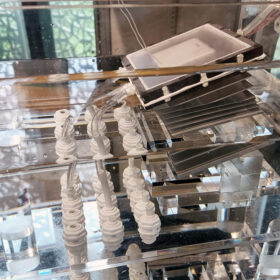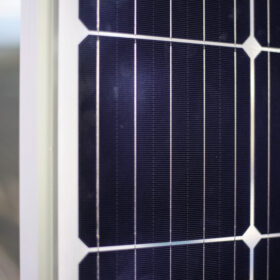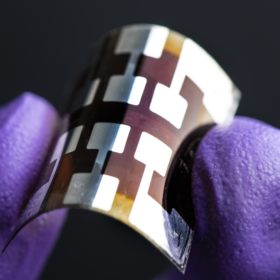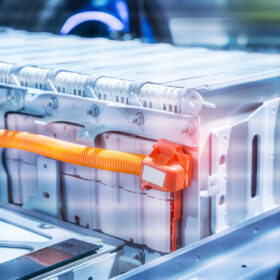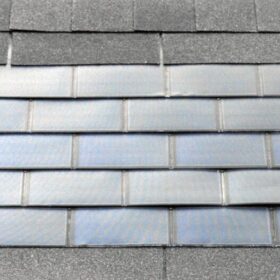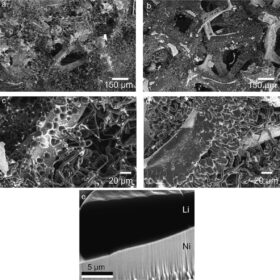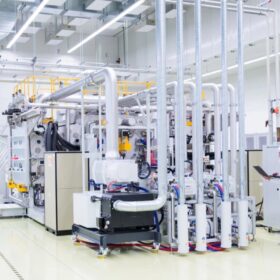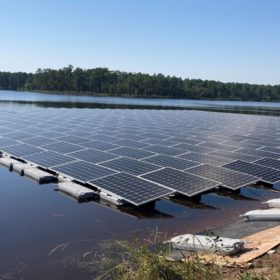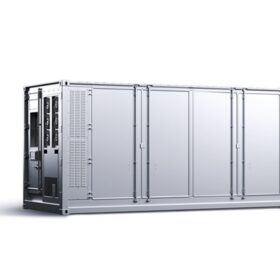MIT scientists develop concentrated solar power system to produce hydrogen
Massachusetts Institute of Technology (MIT) scientists have developed a train-like concentrated solar power (CSP) system for hydrogen production, with plans to build a prototype in the coming year. They say that this innovative system can capture up to 40% of the sun’s heat to produce environmentally friendly hydrogen fuel.
MIT scientists develop solar desalinator with high water output
Massachusetts Institute of Technology (MIT) researchers have developed a solar desalinator with high water output, via a multi-stage system of evaporators and condensers. It offers cost-effective solar desalination, making solar-produced drinking water cheaper than tap water for the first time.
P-type solar products may be phased out by 2026 as n-type tech ‘rapidly’ expands
The rise of cost-effective TOPCon cell technology last year led to a ‘surge’ in production demand for solar n-type cell technology, with leading industry analysts TrendForce prophesying PERC cell capacities ‘may’ be phased out in two to three years.
Carbon electrode perovskite solar cells on track to commercialization
Carbon electrode back-contacts for perovskite solar cells promise simpler, less energy-intense manufacturing, but low power conversion efficiency has held back adoption. However, this may change now, as researchers are overcoming the barriers to commercialization.
What causes batteries to degrade?
Having discussed battery chemistry in a previous article, Volytica diagnostics here examines the causes of battery degradation and how to extend device lifetimes, ahead of a pv magazine webinar tomorrow.
Solar for water deionization
Scientists in Canada have combined PV power generation with water purification based on capacitive deionization (CDI), which is claimed to have low operational cost, enhanced energy efficiency, and less water rejection than conventional purification techniques. The solar-powered system prototype is able to produce more water than a conventional CDI system on a sunny day.
IEA-PVPS releases guide for applying innovation system approach to BIPV
IEA-PVPS has published a new handbook that provides support for Technological Innovation System (TIS) analysis for building-integrated photovoltaics (BIPV).
Anode-less redox flow batteries capable of fast cycling
Researchers in the US have demonstrated that replacing the planar lithium anode in a redox mediated lithium-sulfur redox flow battery with a high surface area scaffold enables 10 times faster cycling, up to 10 mA cm−2, without short circuit or voltage instability.
Ascent Solar increases CIGS thin-film solar cell efficiency to 15.2%
The significant increase over previous efficiencies achieved is attributed to replacing cadmium sulfide in manufacturing process with a new material.
Floating PV plant operators may achieve additional revenue through non-evaporated water
A group of researchers from Italy investigated the economic competitiveness of various ground mounted and floating PV systems with regard to cost and performance, taking into consideration revenues due to reduced water evaporations. They found that the use of non-evaporated water at photovoltaic system sites can achieve revenues greater than $3/kW if used for irrigation and higher than $4/kW if sold to generate hydroelectricity.

